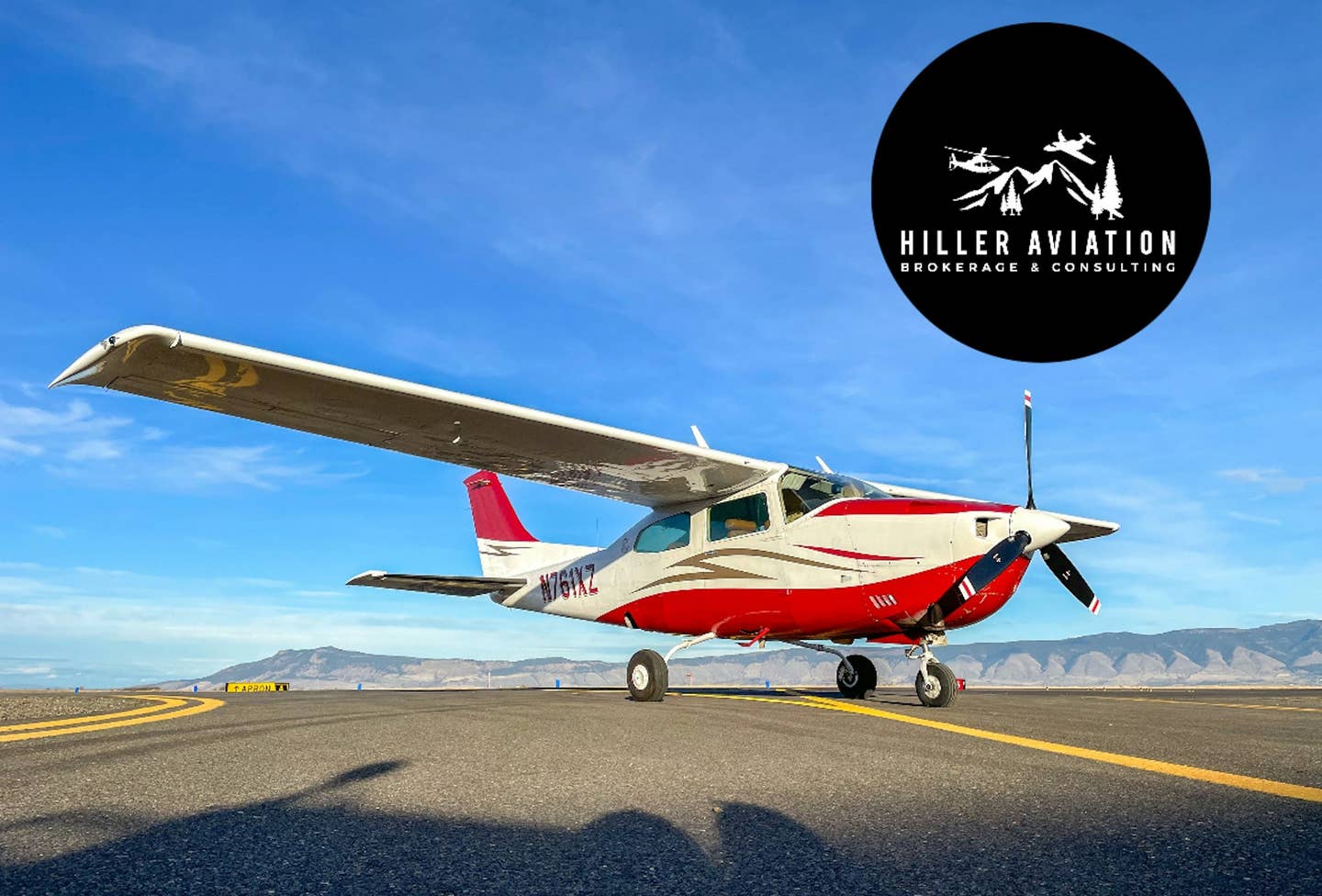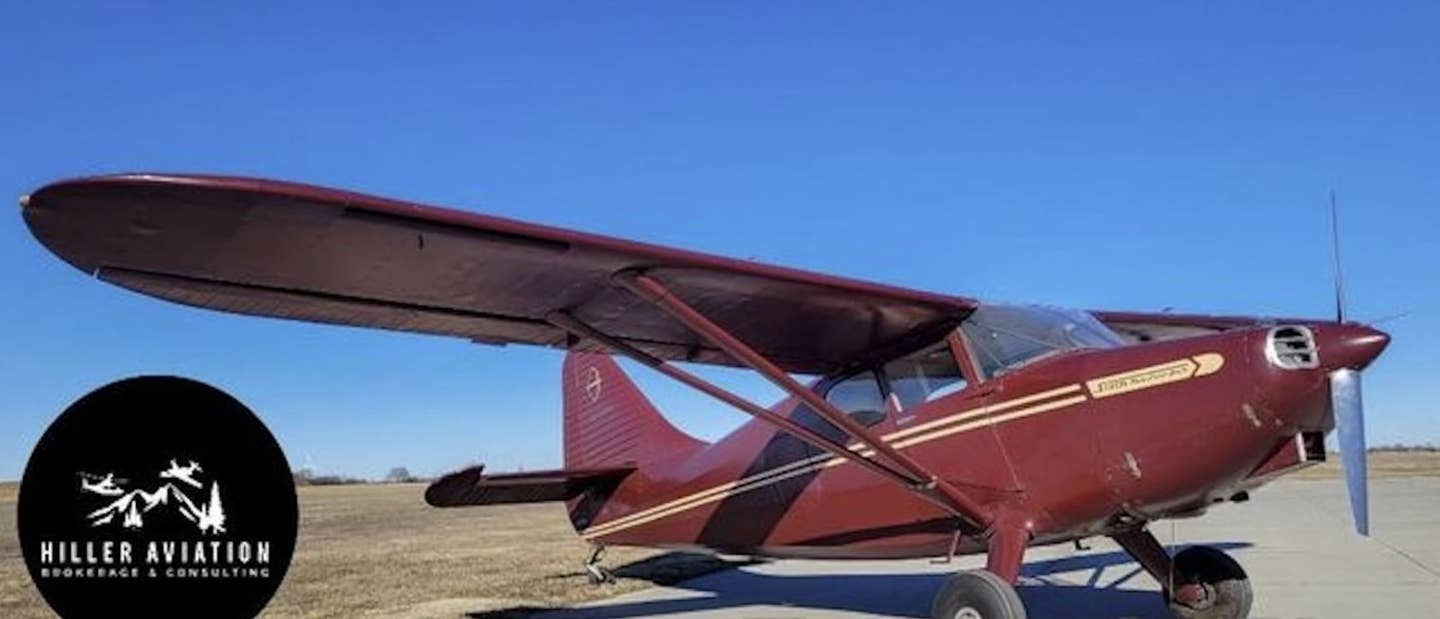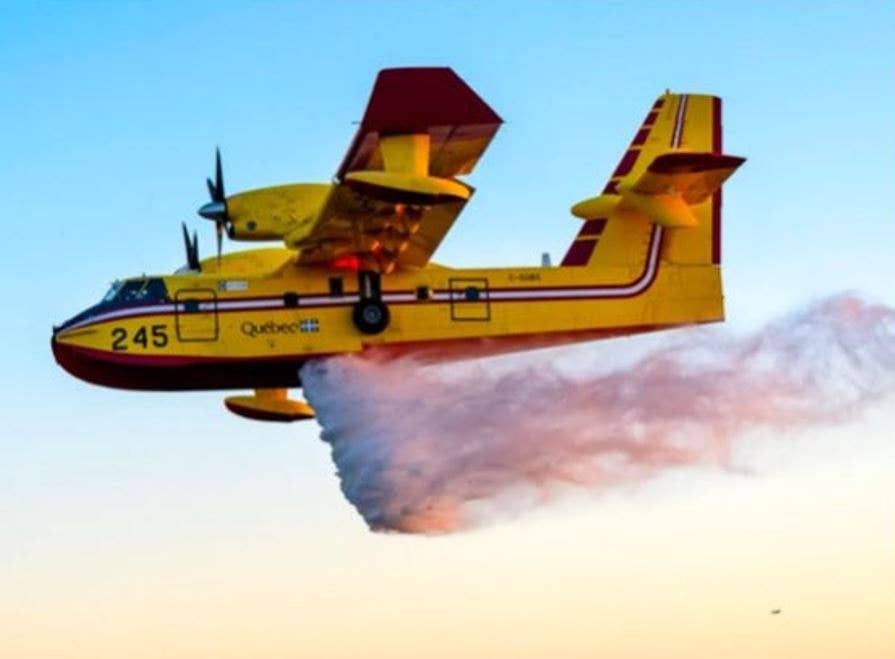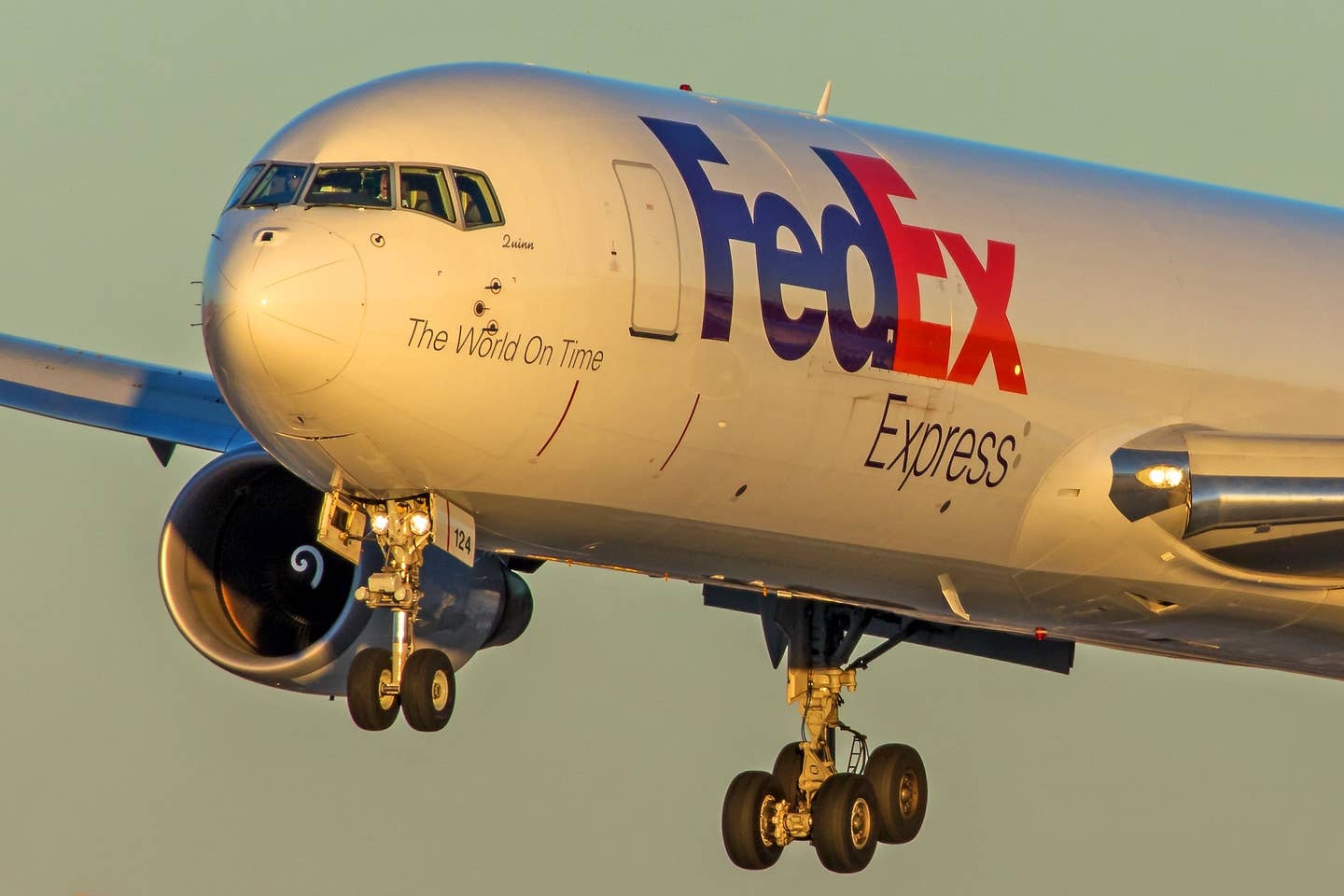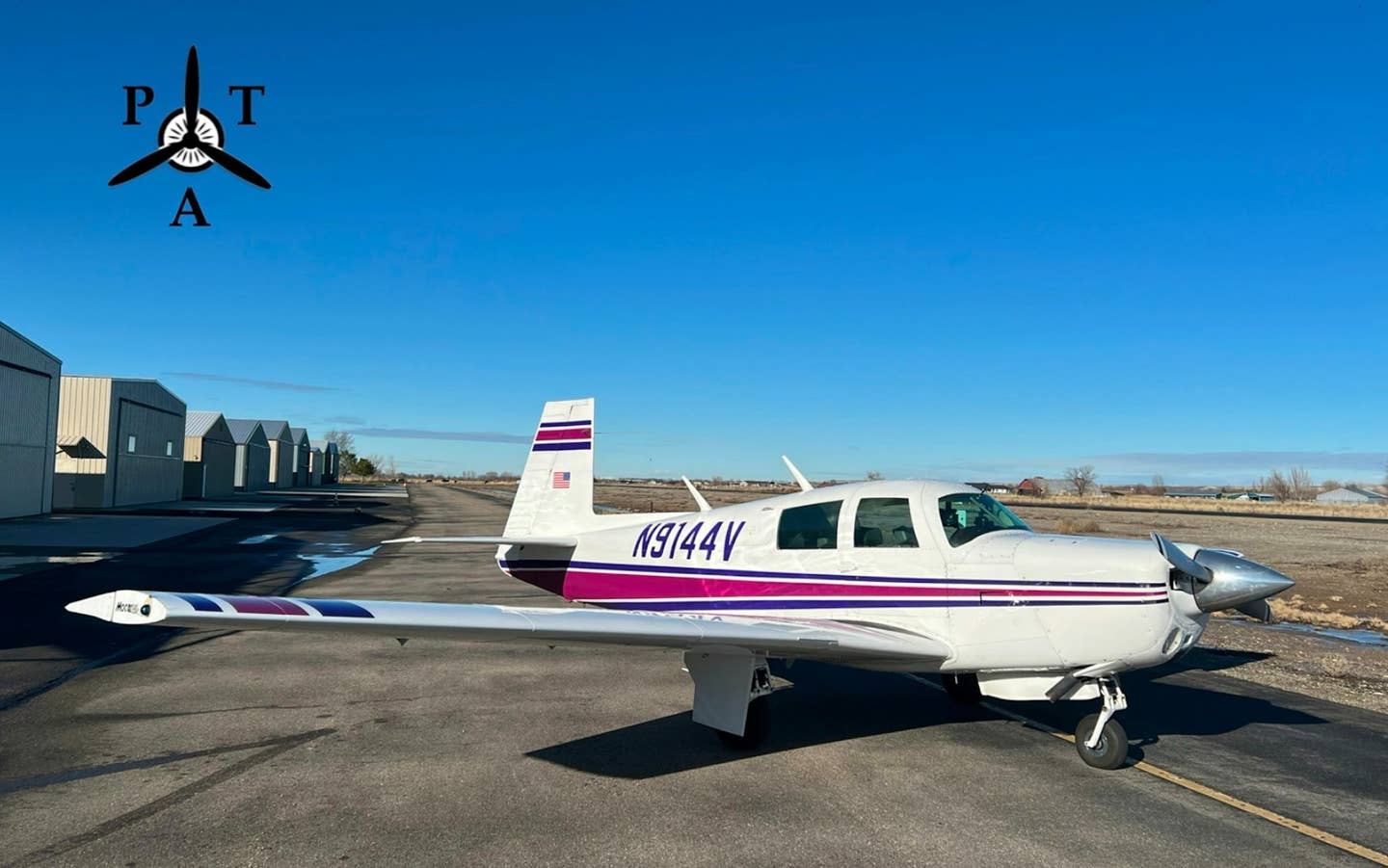
Yuneec E430 Robert Goyer
At this year's EAA Airventure, there was just a whiff, or lack thereof, of change in the air, as a small bevy of electric airplanes made an appearance on the AirVenture stage. And there were a few such creatures flying at the show, including the first electric two-seater to go airborne at Oshkosh.
The e-plane that arguably attracted the most attention was the Yuneec (pronounced like "unique") E430, a side-by-side composite-construction craft that came together only weeks before AirVenture. The airplane is manufactured by a Chinese company, Yuneec International, headed by entrepreneur Tian Yu. Yuneec recently completed the 250,000-square-foot first phase of a factory just outside Shanghai, where it employs 250 workers -- fast workers, apparently. The proof of concept that flew at Oshkosh was conceived only a few months before the show, yet had undergone 40 hours of flight testing by AirVenture.
Despite its quick gestation, the E430 is already a product, and you can place an order for one if you'd like. It costs $89,000 ready to fly with a complete power package.
And it is a pretty airplane, with its tapered lines, long wingspan (45.2 feet) and V-tail. In some ways, it resembles a motor glider more than a training airplane because, in some ways, it is -- its glide ratio is 25:1. The 430's max weight is 1,050 pounds and it weighs only 550 pounds empty; remember, you don't need to add fuel weight to that empty weight figure, so it's all payload. With nearly 400 pounds available, it can carry a couple of FAA-standard pilots and then some.
But it's the motor that makes it cool. Providing the E430's motive force is a single, brushless electric 40 kW motor (equivalent to around 50 hp) spinning a carbon-fiber prop. The motor gets its juice from three lithium-ion polymer battery packs. (A five-pack setup is an option.) The three-pack weighs 170 pounds and gives, claims the company, 1.5 to 2 hours of endurance. The five-pack system weighs 285 pounds and offers from 2.5 to three hours of flying time.
In addition to the batteries and the motor, the power system includes a digital power controller that serves as an interface between the pilot and the motor, metering current precisely. Think of it as the throttle. But perhaps the most critical component in the system is the charger, which smartly recharges the removable battery pack, keeping the cells balanced and the rate of charge and cutoff at precisely the right parameters. At the end of the charging cycle, the display on the charger shows the health of each individual cell and, if all is well, displays the message "OK to fly." In the airplane, a small color display keeps the pilot informed of the "engine's" health, keeping tabs, among other things, on output power (in kilowatts), discharge, voltage and remaining flight time.
Yuneec claims that the batteries will have a lifespan of between 500 and 600 cycles, defining that as being from the time the current is cut off at lowest voltage to when it is fully charged again. This, Yuneec claims, equates to around 1,000 flying hours. It's hard to imagine, though, that in actual use those figures wouldn't be a good deal shorter, for a variety of reasons.
Yuneec's Managing Director Clive Coote, told me that a few flight schools have already expressed interest in the E430, and it's not hard to see why. Coote estimates the "fuel" cost for the E430 at around $2.50 an hour, about one-tenth of what it takes to fuel a training airplane with avgas. So the day-to-day cost of operation will be low. And there's no oil to buy, much-reduced engine overhaul costs and much lower regular maintenance on the electric motor compared to a gas-piston or diesel engine.
On the other hand, replacing the batteries represents a very high cost, even if the system makes it to the hypothetical 1,000-hour mark. Still, the savings in fuel of roughly $20 per hour over that time would more than pay for the replacement batteries. The lower the battery lifespan figures you use, the less attractive the math gets for the electric crowd.
Operationally, there are major issues with electric airplanes. Theoretically, they are suitable for taking off from a home airport, flying around for a while and then returning to that same airport, where the batteries can be charged (a process that takes between three and four hours) or swapped out for an already-charged spare pack. These limitations are still workable with some kinds of sport flying and training but not with transportation flying, a mode the E430, to be fair, was never intended to assume. Its normal cruise speed, for example, is just 65 mph, a figure that, trust me, sounds even slower when expressed in knots.
Yuneec is calling its E430 an LSA-class airplane, and there's a good reason for that particular wording. Because of the phrasing in the LSA regs designed to prevent light sport aircraft from being powered by turbines, the rules don't yet allow LSAs to use electric powerplants, though that restriction is likely to be removed to allow for electric motors. In addition, the industry will need to modify ASTM standards to give certification guidelines to manufacturers taking the electric avenue.
If those things happen, as is likely, electric LSAs will probably arrive shortly. Just how much demand there is for them, given their known limitations and unknown longevity, remains to be seen, but there is, as was evident at Oshkosh, growing interest in the concept.
Electric Ultralight
One segment that seems a better fit right now for electric power is ultralight flying, and that segment was represented at AirVenture, too.
That airplane, the e-Spyder, is the result of a development partnership between Yuneec and FlightStar Sportplanes, headed by veteran ultralight designer Tom Peghiny. The e-Spyder is an offshoot of FlightStar's popular Spyder ultralight, but the e-model ditches the two-cycle Rotax engine for a single-battery-pack Yuneec electric power system. Peghiny built the airplane almost single-handedly in the weeks leading up to AirVenture, and though it was completed just days before the show, the e-Spyder flew several times at Oshkosh. (Peghiny stresses that he limited his flights to just 15 minutes, to provide some margin for diverting if it became necessary.)
Peghiny admits that the endurance of the airplane is not optimal at this point, though he hopes that by cutting down on drag and adding some battery capacity, he can increase the endurance to 45 minutes with some reserve power, a marginally workable figure for ultralights as most flights are brief.
While acknowledging that the electric movement is "just scratching the surface," Peghiny does point out some benefits we can see already. The e-Spyder, he said, is whisper-quiet, smooth-running, dirt simple to start and smoke and odor free. All of these things are huge improvements over conventionally powered ultralights.
Peghiny says that while the e-Spdyer technically is still a development program, he believes that within the next six months or so it will become a product. If it does, at around $25,000 nearly ready to fly, the e-Spyder could very well be the first electric airplane to enjoy wide sales success.
Motor Gliding
A third airplane flying at AirVenture, the ElectraFlyer-C, is the brainchild of Randall Fishman, an aviation inventor who has been fascinated by the possibilities of electric transportation for years -- he built his own electric-powered bicycle in the 1970s. The ElectraFlyer-C is essentially a Moni motor glider that Fishman converted for use with an 18 hp equivalent motor of his own design powered, again, by lithium-ion polymer batteries.
Fishman's single-seat C model is capable of 90-minute flights, thanks to the low power consumption of the motor and the relatively sleek design of the Moni airframe.
Fishman is also working on an all-new two-seater he calls the ElectraFlyer-X. He intends to market the X as an LSA when the airplane is ready and the regs allow it. First flights were to have taken place shortly after AirVenture.
Electric Future?
So, is the future of flight going to be battery powered? It's likely that at least in part, it will be.
However, there are very real obstacles between now and then, the chief one being battery capacity. The lithium-ion polymer batteries that powered all of the electric airplanes that flew at AirVenture represent a huge advancement over the battery technology of even a few years ago. But the fact remains that today's batteries are simply not light enough, powerful enough or cheap enough to present a real threat to internal combustion engines for the vast majority of aviation applications.
Will the day come when electric power is a viable option for our airplanes? It's probable. Because electric power is going to be adopted for a wide variety of general uses, including in cars, there will certainly be a flood of battery research and development over the coming years, and much of that technology is bound to trickle down, at least to very light airplanes.
One thing is for certain: AirVenture has not seen its last electric airplane.

Sign-up for newsletters & special offers!
Get the latest FLYING stories & special offers delivered directly to your inbox

